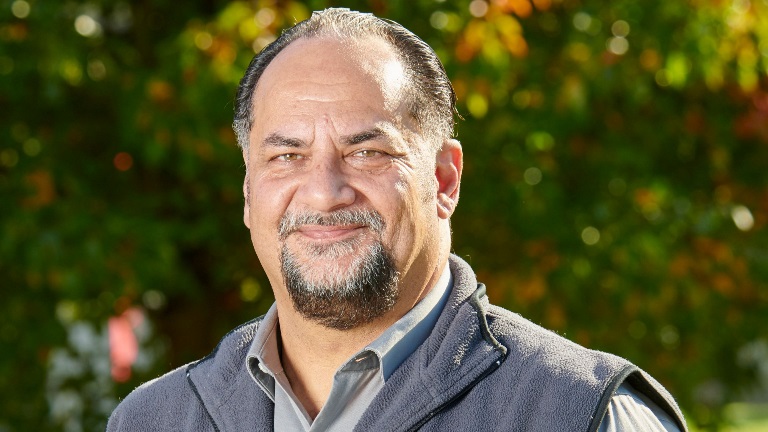Waikato District Council Mayor Allan Sanson is advocating for an Auckland Level 2/Level 3 border change in the North West of the Waikato district to allow Port Waikato residents access to facilities in their nearest towns of Tuakau and Pokeno.
Currently Port Waikato is in the Covid-19 Alert Level 2 area, with Auckland’s Level 3 area starting 10 minutes out of the settlement at the Klondyke Rd intersection.
What this means is that if Port Waikato residents need basic supplies from a supermarket or things like fuel, they need to travel for at least 160km (2 and a half hours) on gravel roads to get to Te Kauwhata or Huntly and back.
The only way to allow Port Waikato residents access to those towns is by shifting the Level 3 border across to the west coast.
While this will allow travel to Pokeno and Tuakau and Auckland, it would mean that Port Waikato and surrounds residents would be under Level 3 restrictions, rather than Level 2.
Mayor Sanson has got in touch with the relevant authorities to advocate for a border change so that the southernmost tip of the Auckland area’s Level 3 boundary basically carries on to the west coast.
“We acknowledge this won’t suit everyone in that area, but we think it would work better for the majority of the community up there.
“We have heard the current set-up with a police checkpoint at Klondyke Rd is incredibly frustrating for residents in the Port Waikato area that need to shop for essential supplies,” said Mayor Sanson.
“The current Level 2/3 border in that area doesn’t seem to make sense and effectively cuts off Port Waikato from their communities of interest in Tuakau and Pokeno.
“We know this could be only for a couple more days, but it could also be for longer, we just don’t know. And if it does go on for a while, many people’s pocket will be hit by having to drive the long way round to Huntly for basic supplies – a hit that many will struggle to cope with.
“In the interests of our communities’ social and mental wellbeing we do believe this is the right thing to do.”



